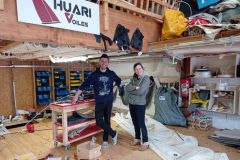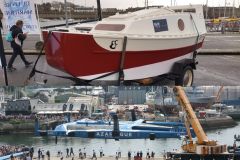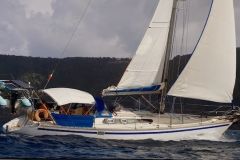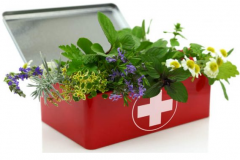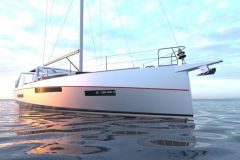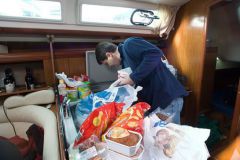Up to 6 miles off the coast, the regulations do not require a first aid kit on board. However, Dr Roux, the doctor in charge of the CCMM (Centre de Consultation Médicale Maritime), explained to us that it is essential to have enough medicines and materials to treat yourself .
Discover more the content recommended by the CCMM for each type of navigation .
How to get organized on a big cruise?
When you go on a long cruise, it is different. It is mandatory to have a complete first aid kit on board. If it can often seem disproportionate, it must be able to be used simply and easily by people who have no medical degree, for all pathologies, at sea as well as on land if you are far from medical facilities. It will also allow to treat the inhabitants of the visited countries.
According to Jean-Yves Chauve, a doctor specializing in remote medicine, and a doctor on many ocean races, the cost of a good first-aid kit for a long-distance cruise is around 1,000 euros. Of course, 95% of the medicines and products it contains will not be used, but it is necessary to be able to treat a simple headache, as well as prescribe antibiotics, treat a trauma or repair a fracture.
The doctor specializing in ocean racing has been inspired by professional sailors and has worked with them to make progress in medicine at sea. Indeed, for many, the risks are the same as those that sailors may encounter during a race. The result is a reliable, lightweight, easy-to-use and versatile first aid kit.
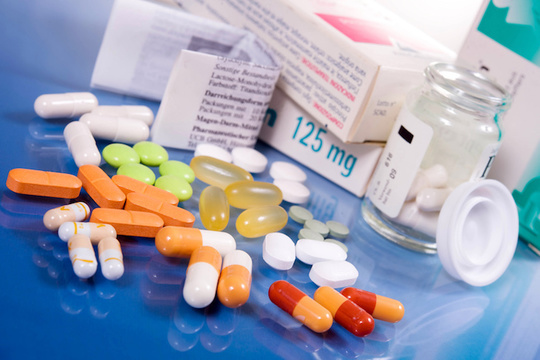
Adapt it to the type of navigation
If the basic first-aid kit is defined in the regulations of Division 240 for semi-offshore and offshore navigation, it must be adapted to the place of navigation. Indeed, the same products are not used when sailing in cold or tropical areas. In the first case, there is less risk of pathologies, but the skin is more stressed by the conditions. In the second case, you may be confronted with viral and infectious diseases.
It is also necessary to have a pediatric first aid kit if you are sailing with children, which you can divide into two categories: under 6 years old and over 6 years old.
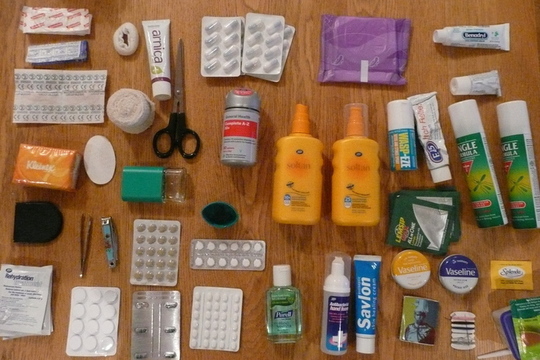
Store products properly
Jean-Yves Chauve advises to establish 3 different medicine kits according to the needs:
- A first aid kit and a travel kit, which can be carried ashore if you are away from the boat
- A main pharmacy
- A survival pharmacy, which will be thrown into the raft if you have to leave the boat. The latter should contain products to limit dehydration and vomiting in case of seasickness.
It is essential to store products properly to save time when needed and to limit errors. To limit the problems of conservation euros a boat being subjected to strong variations of temperature euros you can preserve your products in the funds.
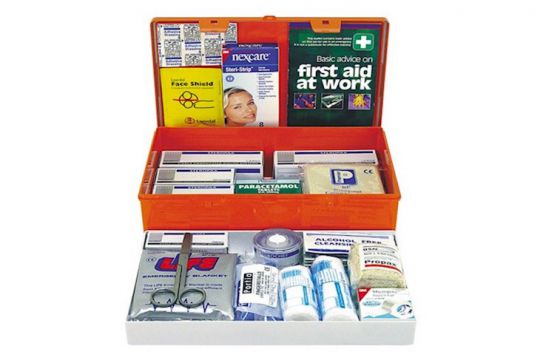
Make an inventory
To avoid being caught off guard, the doctor advises preparing a chart that is regularly updated. The generic name of the product should be indicated on the chart, which will allow a teleconsulting physician to make the link with the active ingredient of the medication and avoid misunderstandings.
It will also need to include several items:
- Expiration date for regular monitoring and periodic renewal
- The date of use, which will allow to know the remaining medication





